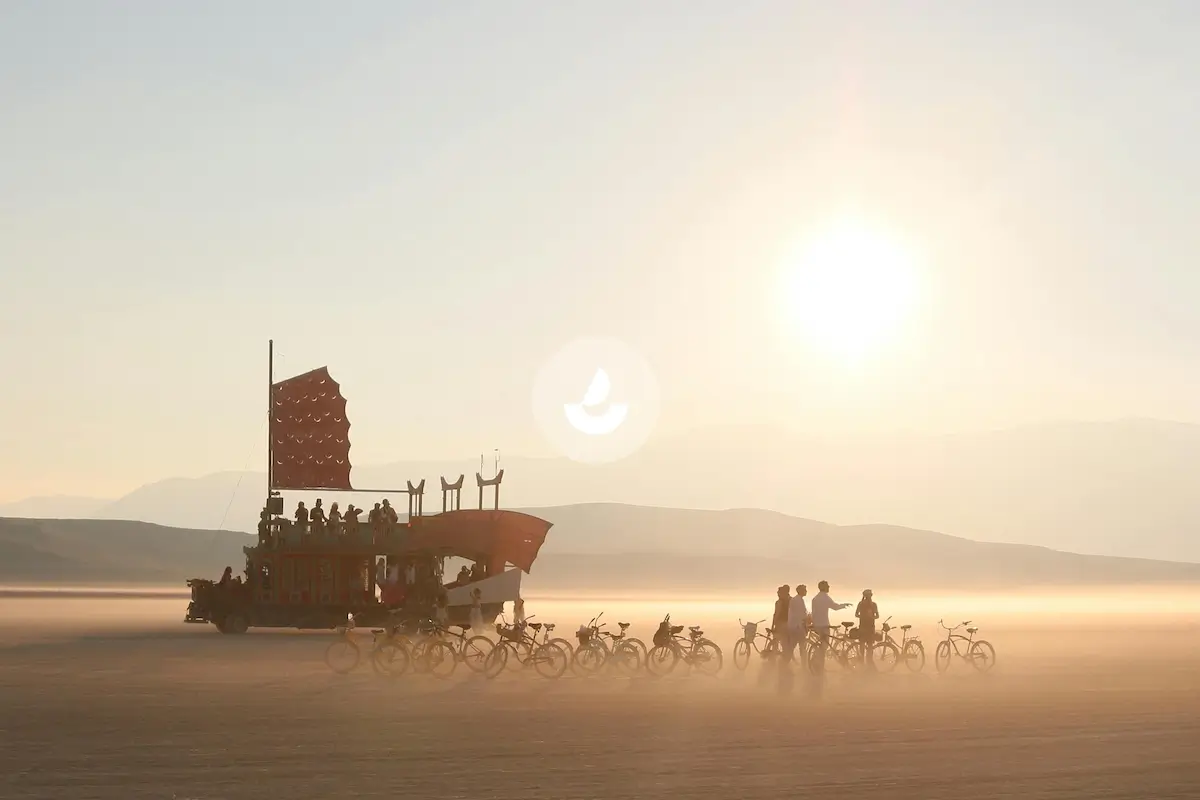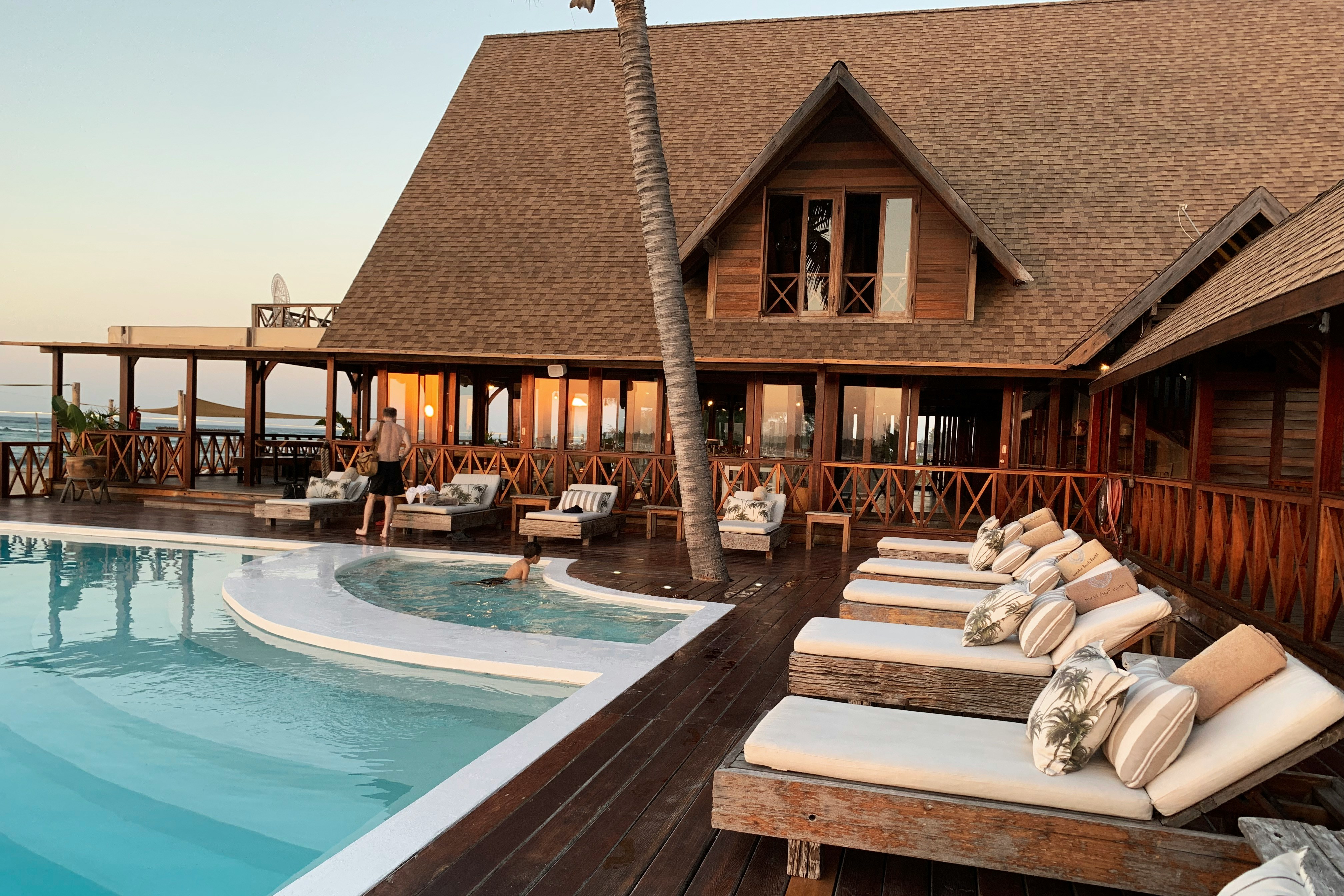The Polar Museum
The Polar Museum things to do, attractions, restaurants, events info and trip planning
Plan your stay
Posts
The Polar Museum in Cambridge is an extraordinary destination that offers a captivating glimpse into the world's polar regions. Located within the Scott Polar Research Institute, this museum is a treasure trove of historical artifacts, scientific exhibits, and engaging narratives about the Arctic and Antarctic. The museum's collection is both vast and diverse, featuring a wide array of items that bring the polar explorations to life. From the early expeditions of iconic figures like Captain Scott and Ernest Shackleton to modern scientific research in these extreme environments, the exhibits are meticulously curated to provide a comprehensive understanding of polar history and science. Visitors can marvel at original expedition gear, photographs, maps, and personal letters that convey the harsh realities and triumphs of polar exploration. One of the museum's standout features is its interactive and educational displays. These exhibits are designed to engage visitors of all ages, making it an ideal destination for families, students, and anyone with a curiosity about the polar regions. Interactive maps, multimedia presentations, and hands-on activities offer an immersive experience that is both informative and entertaining. The museum also excels in conveying the scientific significance of the polar regions. Exhibits highlight the critical role these areas play in global climate systems, biodiversity, and environmental research. The museum's commitment to educating the public about the impact of climate change on the polar regions is particularly commendable, making it a timely and relevant visit. Additionally, the museum's atmosphere is enhanced by its thoughtful layout and welcoming environment. The staff and volunteers are knowledgeable and enthusiastic, always ready to share insights and answer questions. The museum shop offers a range of books, souvenirs, and educational materials, allowing visitors to take a piece of the polar experience home with them.
Amigo Raaza
00
This is an interesting museum that is part of an excellent centre for polar research at Cambridge University. The museum provides information on various human endeavours to reach and learn about the Arctics and Antarctica. It is also free. Artefacts from the British exploration leaders, like John Ross, William Edward Perry, James Clark Ross, John Franklin, George Strong Nares and Robert Falcon Scott are displayed here, with a well-curated collection of the Inuit people and polar animals. One of the highlights of this museum was the tragedy of the Terra Nova expedition, held by the Royal Geography Society, to reach the South Pole (1910–1913). This ill-fated expedition took the lives of five explorers: Robert Falcon Scott, Edward Aldrian Wilson, Henry Robertson Bowers, Lawrence Edward Titus Oates, and Edgar Evans. On 1 November 1911, Scott set out from Hut Point for the South Pole, a distance of 830 miles (1,342 km). On 17 January 1912, Scott, Bowers, Evans, Oates and Wilson reached the Pole, only to find that another Norwegian explorer, Roald Amundsen and his team, had arrived 35 days before them. Encountering unusually bad weather on the return journey, Scott and his party perished. When the news broke of the fate of the polar explorers, a relief fund was set up to settle the expedition's outstanding debts, publish its 23 volumes of scientific reports and provide pensions for the bereaved families. The balance of the fund was used to found the Scott Polar Research Institute in Cambridge.
Raymond Valiant
00
Nice little free museum! I like how they focus on both Indigenous Arctic cultures and the European ‘explorers’ and the sensational coverage of them. I thought the ‘Hidden Histories’ additions were thought-provoking and well-intentioned. For example, one asked the question, “What items would you use to portray your culture in a museum?” I think they could be even more clear and central - at times they came off a bit vague to me, but a good starting point to build on for the future for sure! I appreciate the museum being free and realize you have to pay people to staff it, but I do wish it was open later than 4 p.m. Overall I would recommend stopping by if you visit Cambridge!
Yuval Lev
00
What a find, amazing little museum with so many artefacts. There is much more information on the early Erebus and Terror voyages in this museum than in the National Maritime Museum and it was very emotional reading about Captain Scott and his men, and looking at the artefacts from their expedition. There is a great little gift shop area with a good selection of affordable mementos. As a wheelchair user, the museum is fully accessible. There is an audio description tool available for people with a visual impairment. Highly recommend a visit.
Helen P
00
This museum celebrates the courage and will of Robert Falcon Scott and his crew. I will not write too much about it so those who haven’t seen it can go and visit the museum for their selves. Walking through this museum put so many things into perspective for me. Life and how fragile it truly is and how explorers throughout history have risked their lives to learn more about the geography of the planet we live on. It’s a small museum and the entrance is free for all so definitely go through it when you visit Cambridge.
Ammar Ahmad
00
Quite a nice change of pace from Cambridge in general. Quiet, uncrowded, affordable and scientific. Most people know the names of polar explorers. Scott, Shackleton, Amundsen, Franklin and others. Fill in the incredible stories behind them with pictures and artifacts. If you are a Shackleton admirer, be sure to check out the replica beside the building of the boat he sailed to get help for his stranded crew. THAT is what he sailed 900 miles of Antarctic ocean in. Admission is free with a request for donation.
Michael Farris
00
Nearby Attractions Of The Polar Museum
The Fitzwilliam Museum
Cambridge University Botanic Garden
Parker's Piece
University Museum Of Zoology
King's College Chapel
Christ's Pieces
Jack's Gelato
Great St Mary's
Lammas Land
Mathematical Bridge

The Fitzwilliam Museum
4.7
(3.5K)
Click for details

Cambridge University Botanic Garden
4.7
(3.1K)
Click for details

Parker's Piece
4.5
(2.8K)
Click for details

University Museum Of Zoology
4.7
(987)
Click for details
Nearby Restaurants Of The Polar Museum
The Regal - JD Wetherspoon
Revolution Cambridge
The Tiffin Truck
Pizza Pilgrims Cambridge
Browns Cambridge
Eagle
Mina Steakhouse
Yori
Franco Manca
The Cambridge Blue

The Regal - JD Wetherspoon
4.0
(2.6K)
Click for details

Revolution Cambridge
4.4
(2.2K)
Click for details

The Tiffin Truck
4.6
(1.4K)
Click for details

Pizza Pilgrims Cambridge
4.7
(1.3K)
Click for details
Basic Info
Address
Lensfield Rd, Cambridge CB2 1ER, United Kingdom
Map
Phone
+44 1223 336540
Call
Website
spri.cam.ac.uk
Visit
Reviews
Overview
4.6
(331 reviews)
Ratings & Description
cultural
family friendly
accessibility
Description
The Scott Polar Research Institute is a centre for research into the polar regions and glaciology worldwide. It is a sub-department of the Department of Geography in the University of Cambridge, located on Lensfield Road in the south of Cambridge.
attractions: The Fitzwilliam Museum, Cambridge University Botanic Garden, Parker's Piece, University Museum Of Zoology, King's College Chapel, Christ's Pieces, Jack's Gelato, Great St Mary's, Lammas Land, Mathematical Bridge, restaurants: The Regal - JD Wetherspoon, Revolution Cambridge, The Tiffin Truck, Pizza Pilgrims Cambridge, Browns Cambridge, Eagle, Mina Steakhouse, Yori, Franco Manca, The Cambridge Blue

- Please manually select your location for better experience




